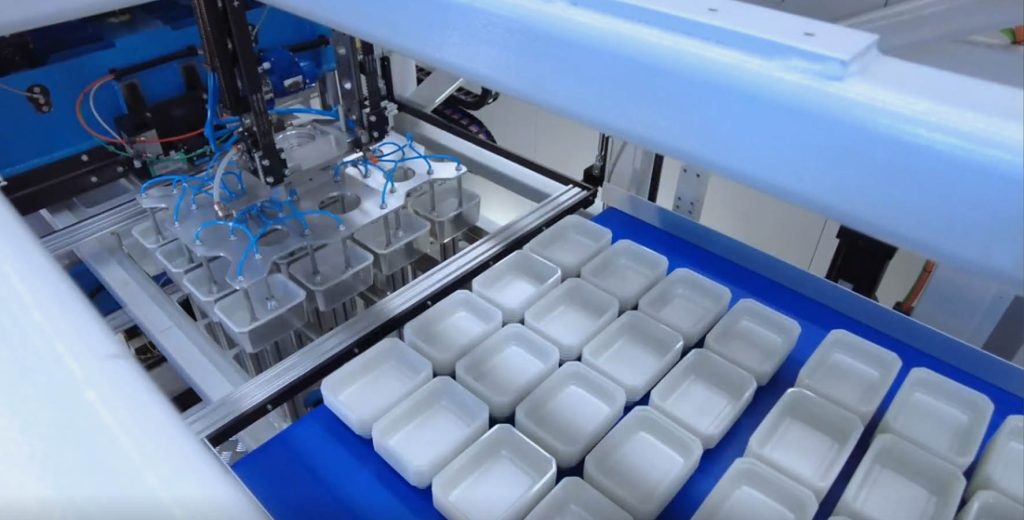
Thermoforming Plastic: Basics, Benefits, and Industry Applications
Thermoforming plastic is a popular manufacturing technique that shapes plastic sheets into useful products by heating and molding the material. It offers cost-effective, flexible production, making it a preferred choice for many industries including packaging, automotive, medical, and consumer goods. The process supports rapid prototyping, customization, and large-scale production while balancing quality and efficiency. This article explores how thermoforming works, its key advantages, common applications, and how sustainability innovations are improving this industry.
How Thermoforming Plastic Works
Thermoforming begins with heating a flat plastic sheet until it becomes pliable. The softened sheet is then stretched over or into a mold to achieve a specific shape using vacuum, pressure, or mechanical means. After cooling, the shaped plastic retains the mold’s dimensions and can be trimmed to produce the final product. Variations include vacuum forming (using suction to hold the sheet to the mold) and pressure forming (applying compressed air for finer detail). This process is relatively fast and cost-effective compared to methods like injection molding or blow molding.
Common Materials Used in Thermoforming
Several plastic types suit thermoforming, chosen based on product requirements:
- ABS (Acrylonitrile Butadiene Styrene): Durable and impact-resistant, ideal for automotive interiors and consumer goods.
- PVC (Polyvinyl Chloride): Offers clarity and chemical resistance, commonly used in packaging and medical trays.
- Polystyrene (PS): Economical and easy to form, suited for disposable containers and lightweight packaging.
- Polycarbonate (PC): Extremely strong and transparent, used where durability and optics matter.
- Polypropylene (PP): Chemical-resistant and flexible, popular for food packaging and containers.
Choosing the right material impacts product performance, cost, and suitability for specific applications.
Advantages of Thermoforming Plastic
- Cost Efficiency: Thermoforming has lower tooling costs than injection molding, making it economical for small to medium runs.
- Design Flexibility: It supports large parts, complex shapes, and customizations with relative ease.
- Quick Turnaround: Rapid setup and production cycles allow faster time-to-market for new products.
- Lightweight and Durable: Products maintain strength while minimising material use, reducing transportation costs.
- Wide Application Range: Useful for everything from blister packs to automotive panels, enhancing versatility.
- Minimal Waste: Scrap material can often be recycled or reused within the process, improving sustainability.
Industry Applications
Thermoformed plastics appear across many sectors:
- Packaging: Food trays, clamshell containers, blister packs, and protective inserts benefit from thermoforming’s shaping and display advantages.
- Automotive: Dashboard components, door panels, and protective guards use thermoformed parts for custom interior solutions.
- Medical: Sterile trays, equipment housings, and disposable containers leverage the process for precision and hygiene.
- Consumer Goods: Appliance housings, toys, and sporting goods frequently rely on thermoforming for attractive and functional designs.
The adaptability of thermoforming helps manufacturers innovate with aesthetics and utility.
Sustainability Innovations
The plastics manufacturing industry is responding to environmental concerns by improving thermoforming sustainability:
- Recycled Feedstocks: Using recycled plastics for sheets reduces virgin material use and waste.
- Bio-based Plastics: Emerging bioplastics compatible with thermoforming reduce carbon footprints.
- Efficient Material Use: Advances in sheet production and trimming techniques cut scrap volumes.
- Recycling Programs: Greater focus on reclaiming thermoformed products supports circular economy models.
Manufacturers also optimize energy-efficient heating and cooling systems within thermoforming lines to minimize environmental impacts.
Choosing a Thermoforming Manufacturer
Partnering with the right thermoforming supplier ensures product quality, cost efficiency, and innovation:
- Look for experience in your industry and product type.
- Confirm the availability of suitable materials and customization options.
- Evaluate quality control processes and compliance with standards.
- Review capabilities in prototyping, tooling design, and post-processing.
- Consider manufacturers’ commitment to sustainability and technology upgrades.
Conclusion
Thermoforming plastic is a dynamic and efficient manufacturing process shaping a wide variety of products across industries. Its cost-effectiveness, flexibility, and rapid production cycles make it ideal for diverse applications from packaging to automotive and healthcare. By selecting the right materials and manufacturers who prioritize quality and sustainability, businesses can leverage thermoforming to create innovative, durable products while reducing environmental impact. Understanding the fundamentals and advantages of thermoforming plastic empowers companies to optimize production and meet evolving market demands.
